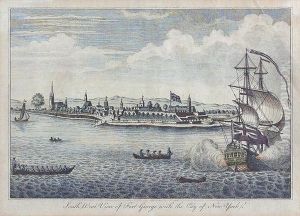John Carwitham Paintings
John Carwitham is an artist whose exact birth and death dates remain unclear, but his active period, notably in the early 18th century, offers a glimpse into his contributions to the art world, particularly in the realm of engraving. The years he flourished, from 1723 to 1741, suggest a career that was closely tied to the development of engraving in England during a time when this form of art was undergoing significant evolution. Despite the scarcity of personal details, Carwitham's work has been instrumental in providing insights into the artistic and cultural environments of his time.
Carwitham is primarily known as one of the early practitioners of engraving in England, contributing to the spread and popularity of this art form. His work included a variety of subjects, from architectural vistas and landscapes to illustrations of historical and biblical scenes. This diversity not only showcases his versatility as an artist but also reflects the wide range of interests among the English public during the 18th century. His engravings, characterized by their detailed and precise lines, were instrumental in making art more accessible to the public, serving as illustrations in books and periodicals, as well as standalone pieces.
Though much of Carwitham's life remains a mystery, his surviving works continue to be studied and appreciated for their historical and artistic value. They offer a window into the visual culture of 18th century England and the early development of engraving as a revered art form. Carwitham’s contributions, though perhaps not as widely recognized as those of his contemporaries, remain an important part of the history of British art. The lack of comprehensive records about his life and death does not diminish the impact of his work, which remains a testament to the skill and creativity of early English engravers.



